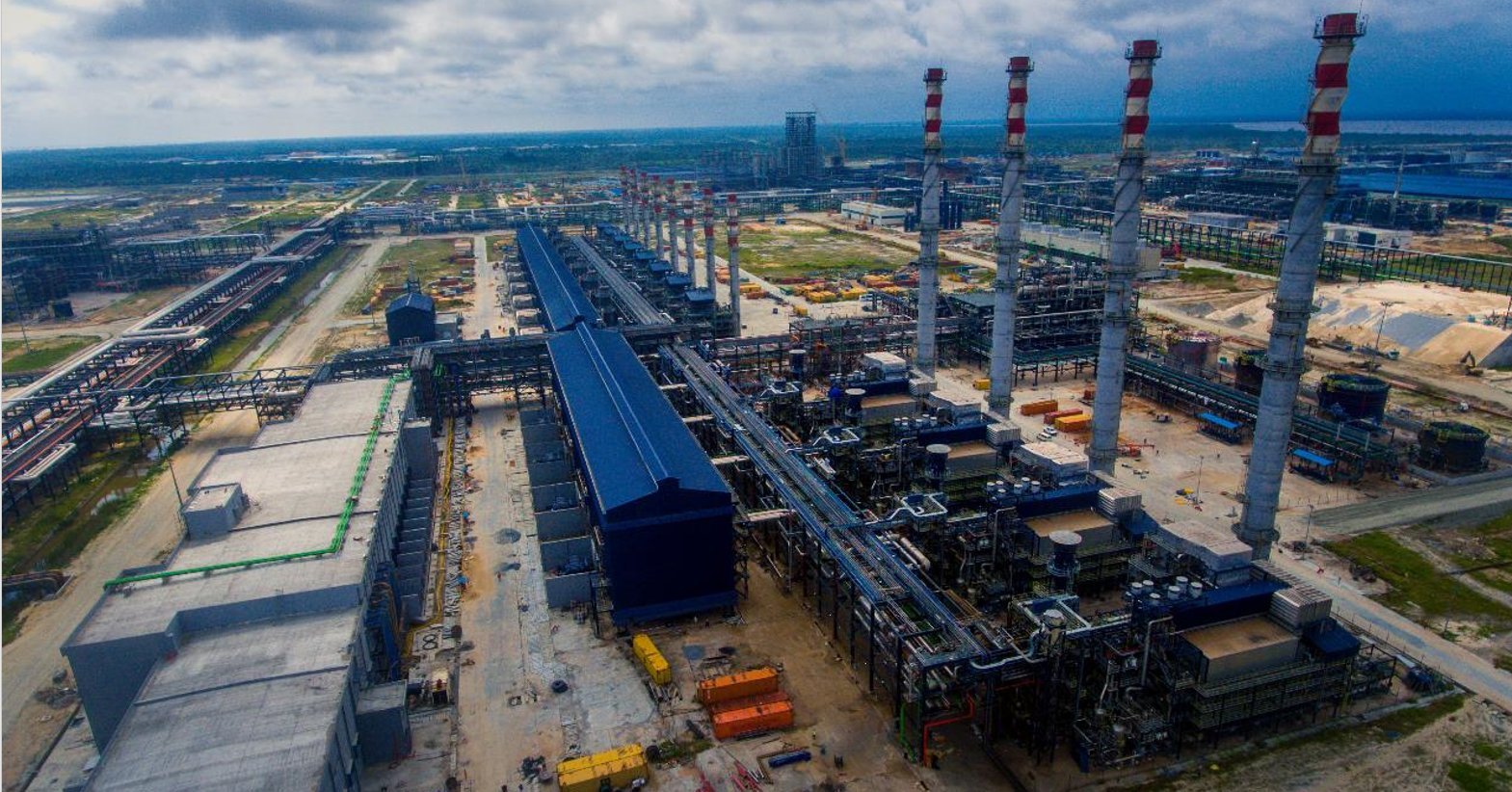The late Diaso Vwaere
BY AKEEM AKINNIYI
The unfortunate incident that took the life of Vwaere Diaso, a medical intern at the General Hospital, Odan, Lagos Island, some weeks back has again brought to the fore the poor maintenance culture of facilities in Nigeria. Sadly, it is always the poor citizens that pay with their lives and properties while the government manipulates justice, letting the situation drag and with time, fades into thin air.
Since this sad occurrence, the media has been awash with different narratives from various quarters, and some credit should be given to the Lagos state government for swinging into action. However, one standpoint remains that the government is to blame — a position that all agree with and expected that an investigative process would be activated to separate the chaff from the grains and give the citizens respite that justice is served.
But characteristic of the Nigerian way, the Lagos state government played to the gallery and chose to sink rather than swim by suspending the general manager of Lagos State Infrastructure Asset Management Agency (LASIAMA), Adenike Adekanbi, sacking and blacklisting the facility managers, and worst of all, putting the contractor who installed the elevator behind bars. These moves are typical of a sledgehammer approach, a brash attempt at quickly covering up something to avoid genuine accountability and justice.
Advertisement
“As flies to wanton boys are we to the gods, they kill us for their sport,” writes William Shakespeare on the helplessness of human beings in the hands of fate. God bless the memory of the deceased doctor and give the family and friends the fortitude to bear the loss. Condolences are the flowers that we can give to the memory of dearly departed ones. As much as the family would want to have their daughter back, they would rather wish death never came than hope she returns from the land of the dead.
Part of what a thorough forensic investigation should have been activated to find out is whether the sad incident resulted from a case of negligence on the part of any of the personnel involved or if what happened was indeed an accident.
Defined as “an unfortunate incident that happens unexpectedly, and unintentionally, typically resulting in damage or injury,” accidents do happen in all facets of human endeavour despite best efforts. The global elevator industry is no exception.
Advertisement
According to the National Elevator Industry Inc., there are approximately 27 elevator-related fatal accidents per year in the US, with roughly 10,000 injuries occurring each year. Other data provided by the US Bureau of Labor Statistics and the Consumer Product Safety Commission stated that elevators cause almost 90% of deaths and 60% of serious injuries.
Indeed, the sordid reports of these accidents are all over the world. Recently on August 13, four labourers died and two persons were severely injured in an elevator accident at a construction site in the Taloja area of Navi Mumbai, India. In 2022, a staff of Vert Hotel, Jerusalem, who had worked in the maintenance department for over 20 years while trying to repair an elevator got trapped against the shaft and was crushed. Even in the Kingdom of Saudi Arabia, Arab News reported 1,114 elevator accidents in 2003. These instances, though unpleasant, are just to show that an elevator malfunction could happen anywhere and at any time to anybody; we can only wish we and our loved ones are not victims of such ill-fated circumstances.
The Yorubas have an adage “ori bibe ko ni ogun ori fifo” which loosely translates that ‘cutting off the head is not the cure for a headache’. Contrary to stories making the rounds that the elevator has been faulty in the last three years, the truth that later emerged is that the elevator was installed in 2021 as a replacement for a faulty one. The calculation is simple– 2021 to 2023 is two years. It is disheartening that some sections of the media in the bid to be the first to break the news were impatient to get their facts right and ended up misinforming the public. To what end? Anyone will wonder. Objectivity above emotions should be at the heart of this conversation.
The other question that needs to be asked is: What could have motivated the state government to have resorted to what, critically analysed, amounted to a knee-jerk reaction? Could it be that the Lagos state government to appeal to pity against reason decided to use its sledgehammer approach of suspending the general manager of LASIAMA, sacking and blacklisting the facility managers, and, ridiculously, jailing the contractor — even before any form of investigation or sobre review had taken place?
Advertisement
All of these actions betray an emotional response against logical thinking. All three protagonists are being silenced and made to avoid accountability. The right thing is to empanel a forensic investigative process that timeously incorporates all essential elements including hearing from them. Let them question the LASIAMA general manager about the operational procedures of her agency and certified reports on the state of the facilities. Research should be conducted to know if there have been indeed reported cases of faulty elevators. The facility managers should not be faceless. They need to be known and the facilities they are currently managing be listed.
Lastly, the dehumanisation of the contractor should be addressed. He had a contract and delivered on the job. Why make him a scapegoat? There are many questions on the lips of people, a major reason why the government should listen to the cry for justice and be systemic about it by setting up a proper investigative panel that will bring to book the real culprits behind this avoidable death.
Akinniyi, a public affairs analyst, writes from Lagos.
Advertisement
Views expressed by contributors are strictly personal and not of TheCable.
Add a comment






